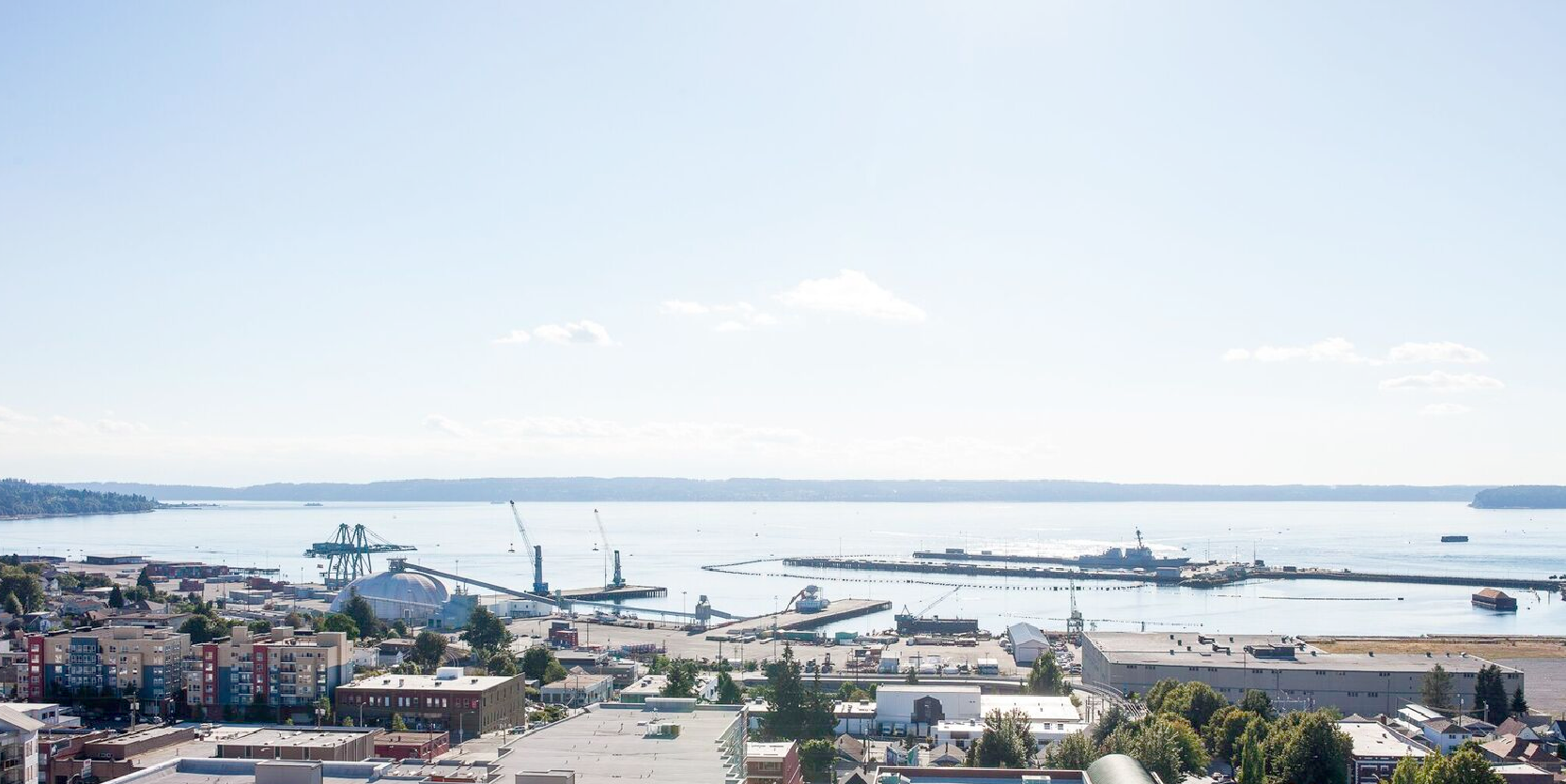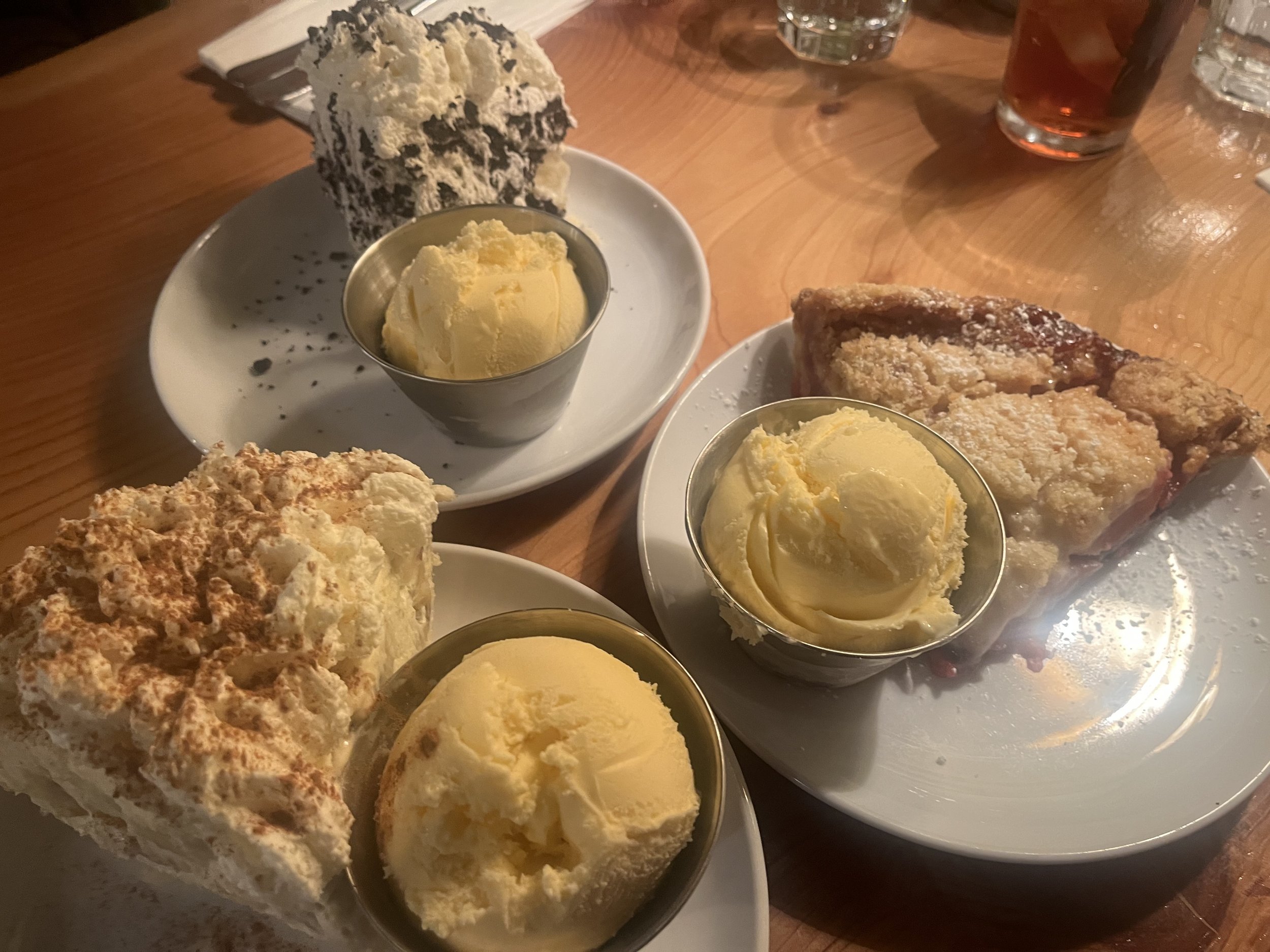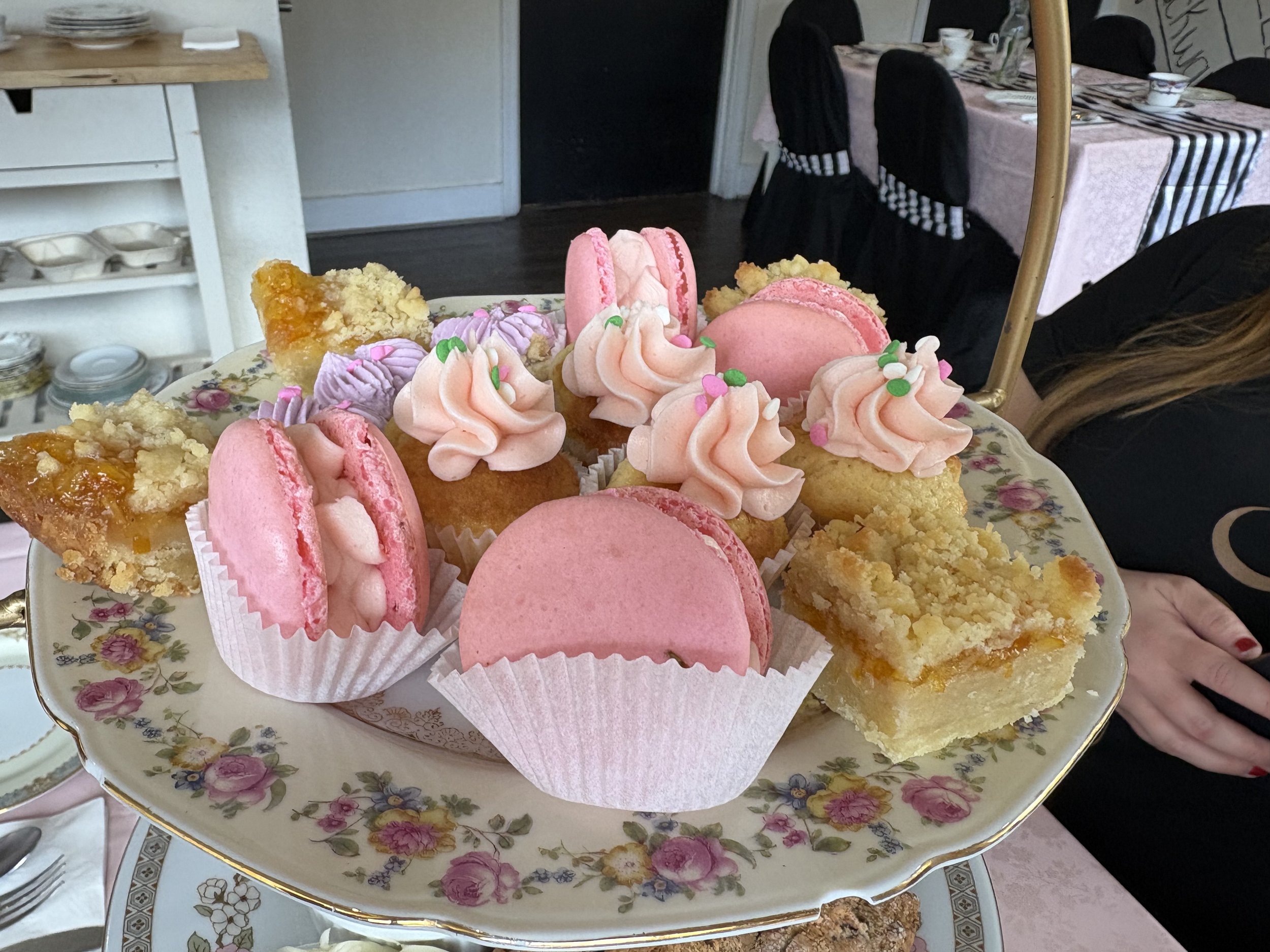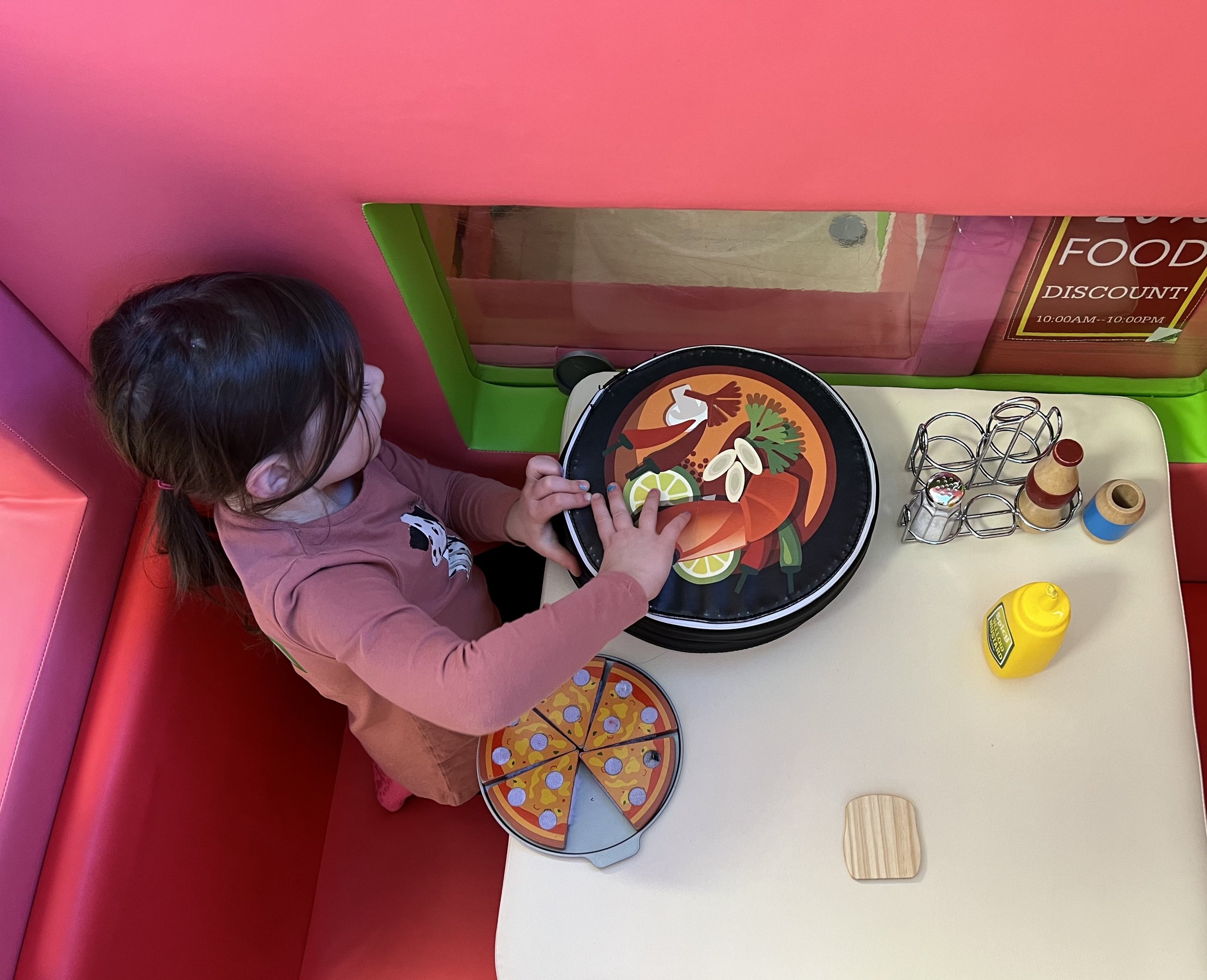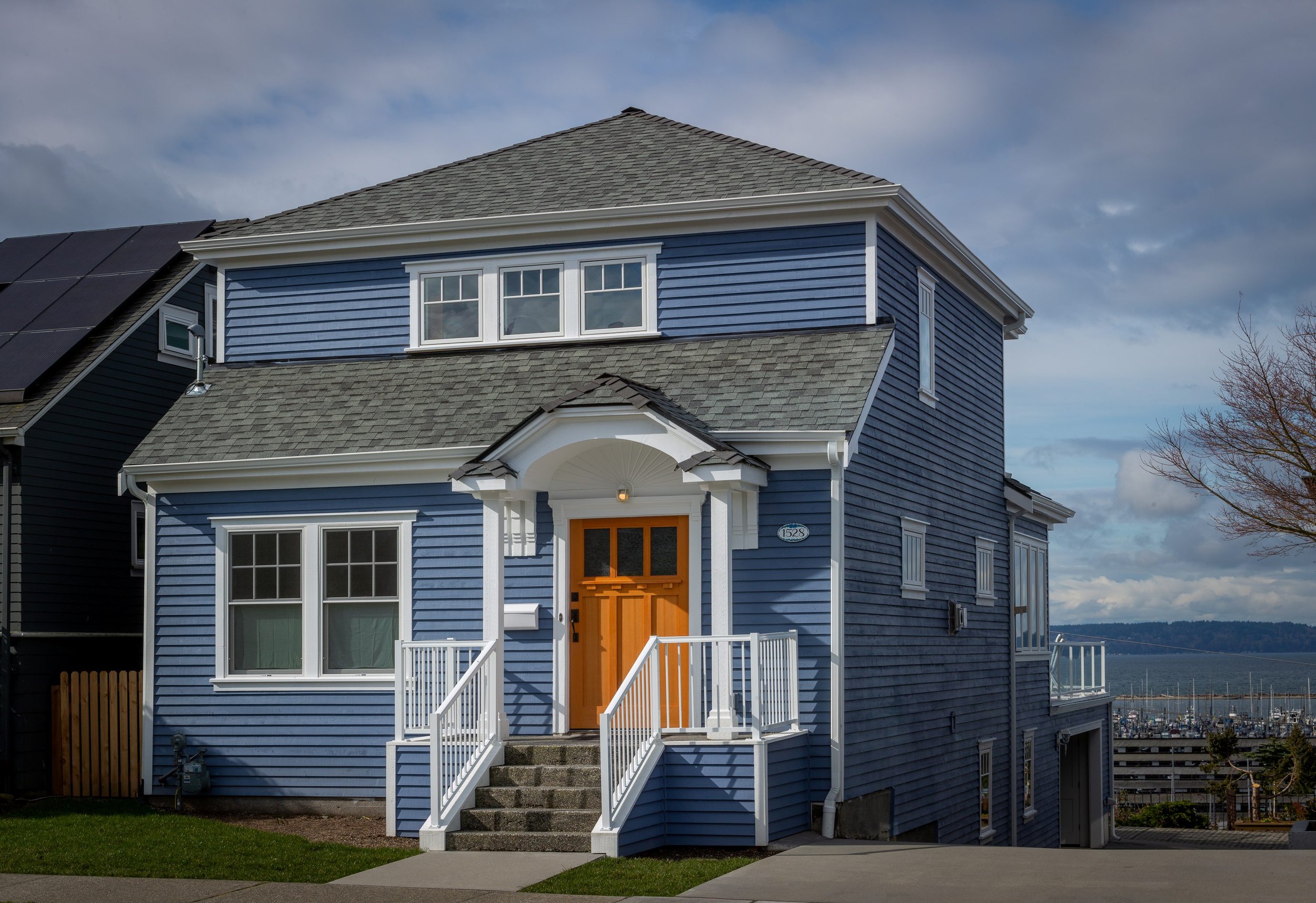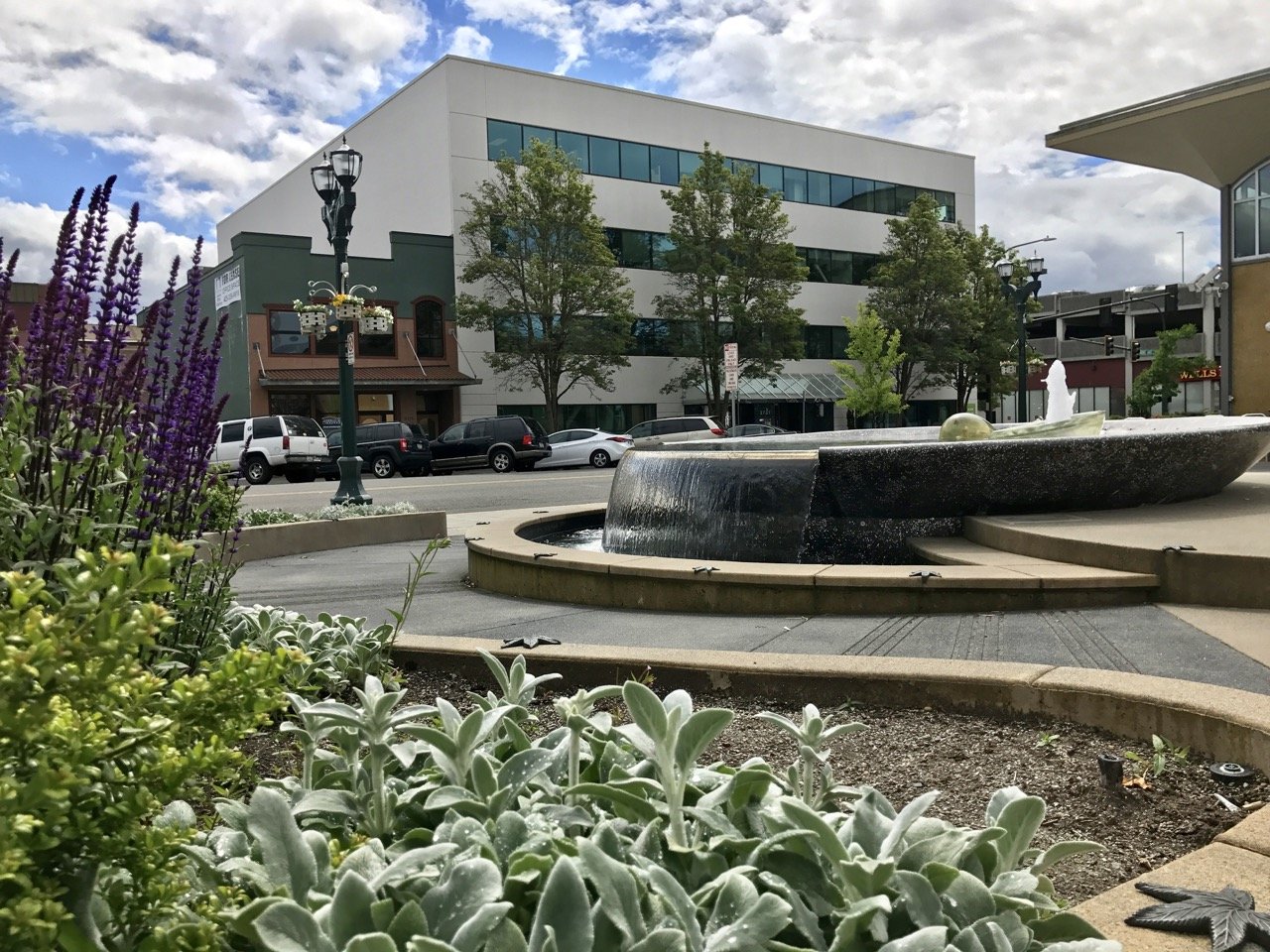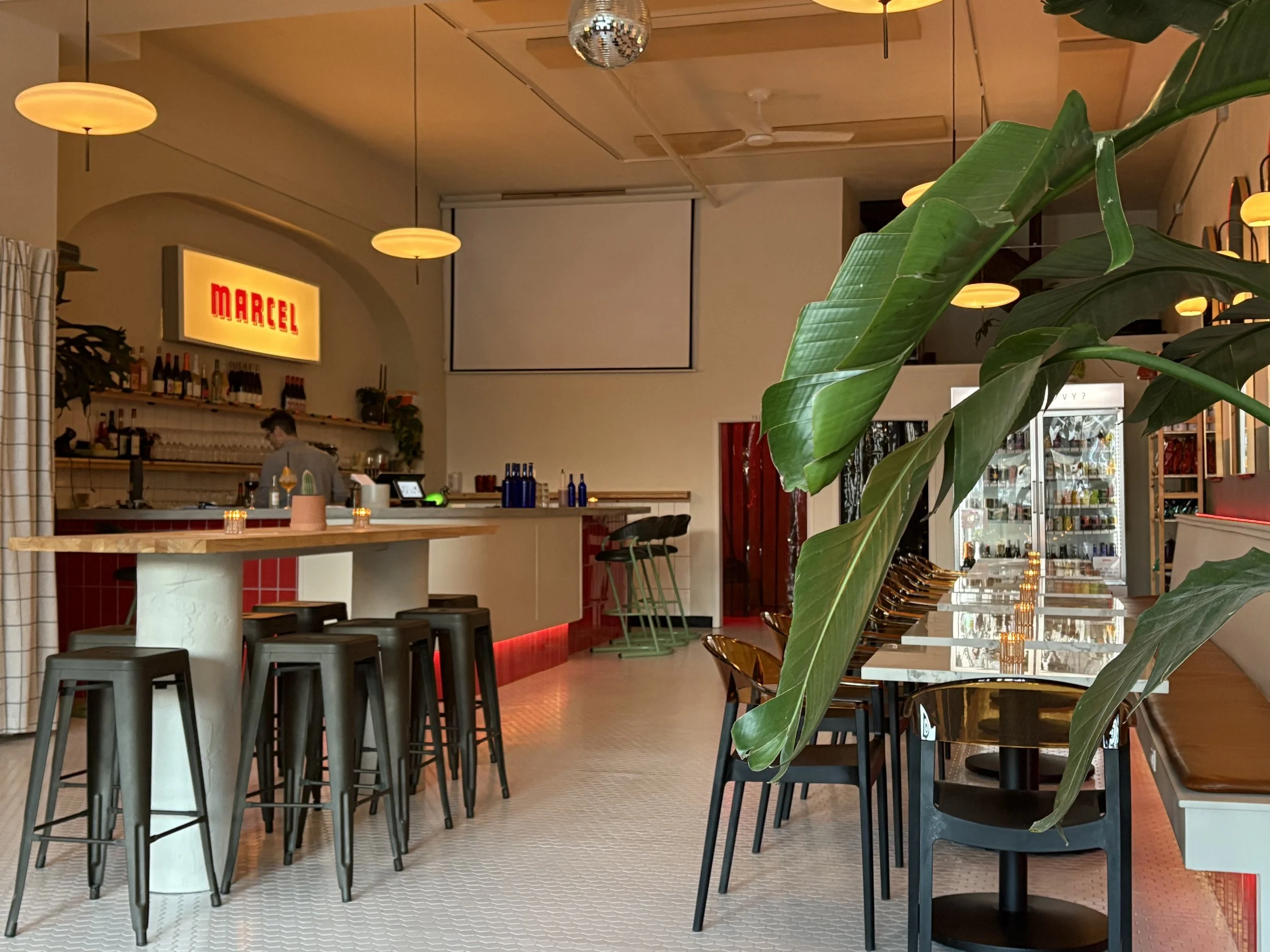Even though our June weather might have us thinking otherwise, summer is finally here. If you are like me, you’ve waited all year to plant your summer garden. Can’t you just taste those fresh tomatoes? You’ve done the work and now it’s time to sit back, relax and let things grow. Or is it? Believe it or not, NOW is the time to start thinking about your fall and winter garden.
In Everett, and in the Pacific Northwest, we are blessed with a climate that can produce crops all year round. Personally, I love a winter garden. Nothing boosts my gardening ego more than bundling up on Thanksgiving or Christmas morning to harvest my holiday meal from my own backyard.
Pest-free fall Swiss chard // Molly Deardorff
Undoubtedly, we’ve all planted greens, radishes and peas in our spring garden and tomatoes and zucchinis in our summer garden. But with some planning, we can eat from our garden well past Labor Day, and even into next spring.
One of the biggest challenges for gardening past summer is having enough space. If you haven’t crammed every last square inch of your garden with heirlooms and squashes, give some of these plants a try. Below are a few of my tried and true favorites for fall and winter gardening:
Leeks: I plant my leeks in March while some of last year’s leeks are still in the garden. My favorite is Giant Musselburgh. They size up by late fall and sit nicely in the garden until spring. If you can find leek starts, it wouldn’t hurt to give them a try. Otherwise, plan this for next year.
Carrots: Merida is my favorite variety for winter. I plant no later than July 15. They are ready in the fall, but hold well in the garden until spring without splitting.
Leeks on Christmas morning // Molly Deardorff
Brassicas: Late June through August is the time to plant broccoli, Brussels sprouts and cabbages to harvest in the fall and throughout the winter. Kale planted now will hold all winter and into spring.
Purple Sprouting broccoli: Sprouted broccoli is a special variety of broccoli. Planted now, it will produce small broccoli heads next spring (think broccolini). It’s a great way to get a jump on your early spring garden.
Purple sprouting broccoli // Photo courtesy of Whistling Train Farm, Kent, WA.
Root vegetables: Starting now through July, plant root vegetables such as turnips, beets, rutabagas and the like. They will size up for a nice fall soup.
An added benefit of the fall/winter garden is fewer pests to contend with. The Swiss chard I start in April is usually riddled with leaf miners during the summer. I patiently pick off the leaves until fall when I’m left with beautiful colorful and healthy plants that stay in the garden all winter.
Fall cabbage // Molly Deardorff
As the summer progresses, you should find some space to tuck in your baby brassicas and other seedlings as your earlier crops come out. And, remember that spring garden? Between mid-July and August, plant cool season, short growing crops such as arugula, greens, radishes and peas again for a second crop in the fall.
If you want to learn more about fall and winter gardening, a suggested resource is Seattle Tilth’s Maritime Northwest Gardening Guide. This resource has a great monthly schedule for planting and harvesting all year.
That’s it! With a little planning (and space) you also can be a year-round gardener, boost your gardening ego and impress your friends with fresh harvests all year round.
Check out our other Everett gardening articles.
Molly lives and gardens in North Everett. When not gardening or hanging with the felines, Molly is active in the Delta Neighborhood Association and enjoys exploring Everett on foot and bike with her Bayside boyfriend.

















